Opis
Laboratory in organic chemistry
Autorzy: Witt Dariusz, Dzierzbicka Krystyna, Cholewiński Grzegorz
Wydawnictwo Politechniki Gdańskiej
We have prepared the script book for Laboratory exercises in Organic Chemistry for foreign students of Green Technology and Monitoring and related fields. Laboratory exercises play a key role in understanding the secrets of organic chemistry, enabling learning and mastering basic skills in the techniques and principles of safe work in an organic chemistry laboratory.
Text of this script book has been divided into chapters describing basic laboratory techniques such as: distillation (distillation at atmospheric pressure, steam distillation, fractional distillation, distillation under reduced pressure), crystallization, extraction, filtration under reduced pressure, chromatography and determination of physical constants (melting point, boiling point, refractive index, etc.).
This handbook also contains descriptions of the syntheses of selected preparations based on literature sources and experiences collected by the authors during many years of work in organic synthesis. The list of preparations includes: oxidation and reduction reactions, aldehydes and ketones, carboxylic acids and their derivatives, diazonium salts and syntheses using organo-magnesium compounds.
The script book is adapted to the skills of students, its aim is to familiarize the student with the basic laboratory operations accompanying organic synthesis and identification of the obtained compounds.
Before starting work, the student should get acquainted with the Material Safety Data Sheets (available online at http://www.english.poch.com.pl) of the reagents with which they work.
This script book also includes questions for self-solving to check the acquired information, work regulations in the laboratory of organic chemistry, which must be followed to ensure the safe usage of chemicals, often flammable, explosive, carcinogenic, mutagenic, teratogenic or toxic and a report describing the characteristics of the obtained product, quoted literature and index.
Spis tresci
Introduction
1. Distillation
1.1. Distillation at atmospheric pressure
1.2. Steam distillation
1.3. Fractional distillation
1.4. Distillation under reduced pressure
2. Crystallization
3. Extraction
4. Filtration under reduced pressure
5. Basic glass and laboratory equipment
6. List of preparations
6.1. Oxidation and reduction reactions
6.1.1. p-Aminodimethylaniline from methyl orange
6.1.2. Benzoic acid from toluene
6.1.3. Benzoic acid from ethylbenzene
6.1.4. Aniline from nitrobenzene
6.1.5. Ethylbenzene from acetophenone
6.2. Aldehydes and ketones
6.2.1. 2-Aminobenzaldehyde
6.2.2. Benzylideneacetone
6.2.3. Cinnamic acid from benzaldehyde
6.2.4. Benzyl alcohol (Cannizzaro cross-reaction)
6.2.5. Benzyl alcohol and benzoic acid
6.2.6. Ethyl cinnamate from benzaldehyde
6.3. Carboxylic acids and their derivatives
6.3.1. Acetanilide from aniline
6.3.2. Methyl benzoate
6.3.3. 3-Nitrobenzoic acid
6.3.4. N-Acetylglycine from chloroacetic acid
6.3.4.1. Glycine from chloroacetic acid
6.3.4.2. N-acetylglycine from glycine
6.3.5. N-Benzoylglycine from chloroacetic acid
6.3.6. Acetylsalicylic acid
6.3.7. N-Phenylbenzamide
6.3.7.1. Oxime of benzophenone from benzophenone
6.3.7.2. N-Phenylbenzamide from oxime of benzophenone
6.3.8. Anthranilic acid from phthalic anhydride
6.3.8.1. Phthalic imide from phthalic anhydride
6.3.8.2. Anthranilic acid from phthalic imide
6.4. Synthesis using diazonium salts
6.4.1. Phenol from aniline
6.4.2. Orange II(β-naphtholic) from β-naphthol
6.4.2.1. Diazonium salt formation
6.4.2.2. Coupling
6.4.3. Methyl orange from N,N-dimethylaniline
6.4.4. p-Aminoazobenzene from aniline
6.4.4.1. Diazoaminoazobenzene from aniline
6.4.4.2. p-Aminoazobenzene from diazoaminobenzene
6.5. Syntheses using organo-magnesium compounds
6.5.1. Benzoic acid
6.5.2. Phenylacetic acid
6.5.3. 1-Naphthoic acid
6.5.4. 2-Methylhexan-2-ol
6.5.5. Triphenylmethanol from methyl benzoate
6.5.6. Triphenylmethanol from benzophenone
6.5.7. 1,1-Diphenylethene
6.5.7.1. 1,1-Diphenylethanol from ethyl acetate
6.5.7.2. 1,1-Diphenylethylene from 1,1-diphenylethanol
7. Use of rotary evaporator (rotary)
8. Sample questions
9. Regulations
9.1. Characteristics of the obtained preparation
Literature
Index
Słowa kluczowe: basic glass and laboratory equipment, distillation, filtration under reduced pressure, crystallization, extraction, use of rotary evaporator (rotary)

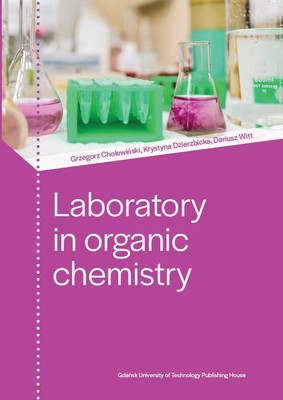
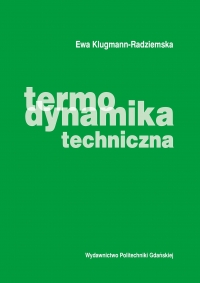
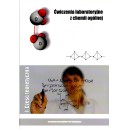
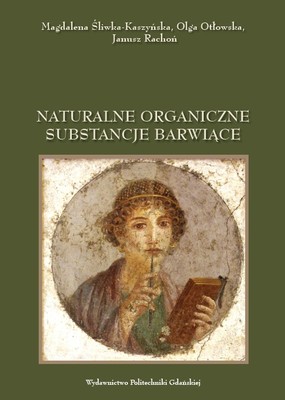
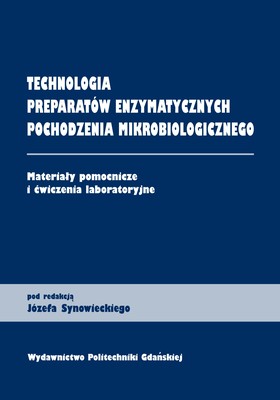





Opinie
Na razie nie ma opinii o produkcie.